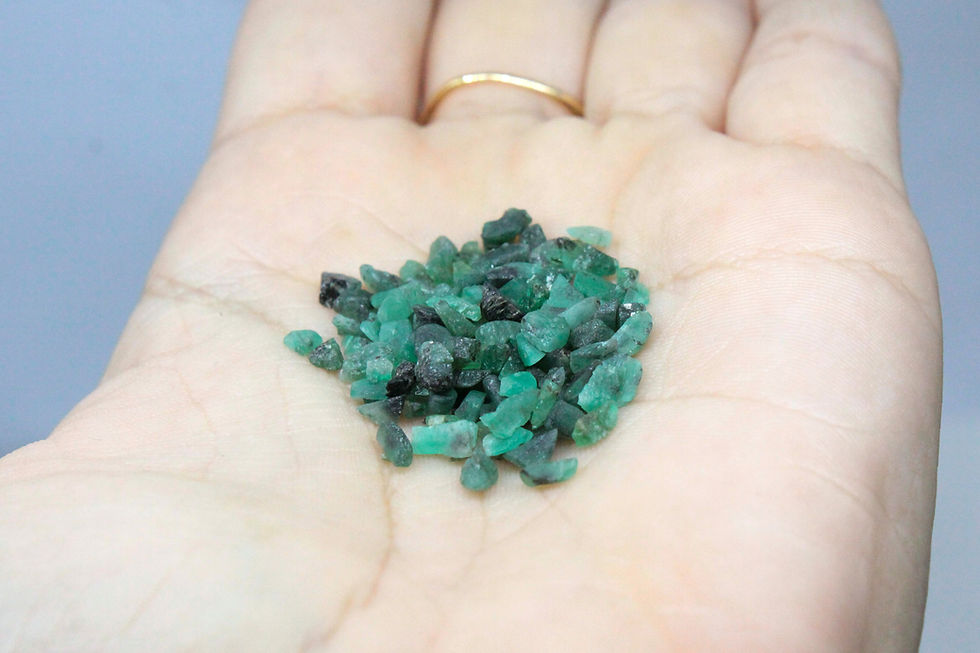Calcite is the most common carbonate mineral that occurs around the globe, its chemical formula is CaCO3. It is one of the main constituents of limestone and marble, and occasionally crystallises into beautiful forms. Calcite has more uses than almost any other mineral; it is used industrially as an abrasive, construction material, for acid neutralisation, pigment, soil additive, pharmaceuticals and more! One identifying factor of Calcite is its tendency to luminesce under short or long wave ultraviolet light, another is its perfect rhombohedral cleavage which you may identify where there are fractures on the crystal.
Although Calcite is abundant, Calcite Crystals can grow in an aray of forms, some more rare than others.
Calcite can be a range of colours including: Transparent (iceland spar), white, blue, pink, yellow, brown, orange, purplish red, tan and grey. Some varieties display optical effects such as double refraction. Calcite can be a range of colours including: Transparent (iceland spar), white, blue, pink, yellow, brown, orange, purplish red, tan and grey. The colouration is due to the presence of metal ions (mostly in transition) or additional minerals within the lattice structure.
- Green colors (often found in Mexico) can originate from the presence of malachite/copper.
- Blue, Yellow and brown are due to Iron with different ions
- Pink is caused by cobalt
- light purple is caused by manganese (rarest)
- Orange is caused by hematite





















